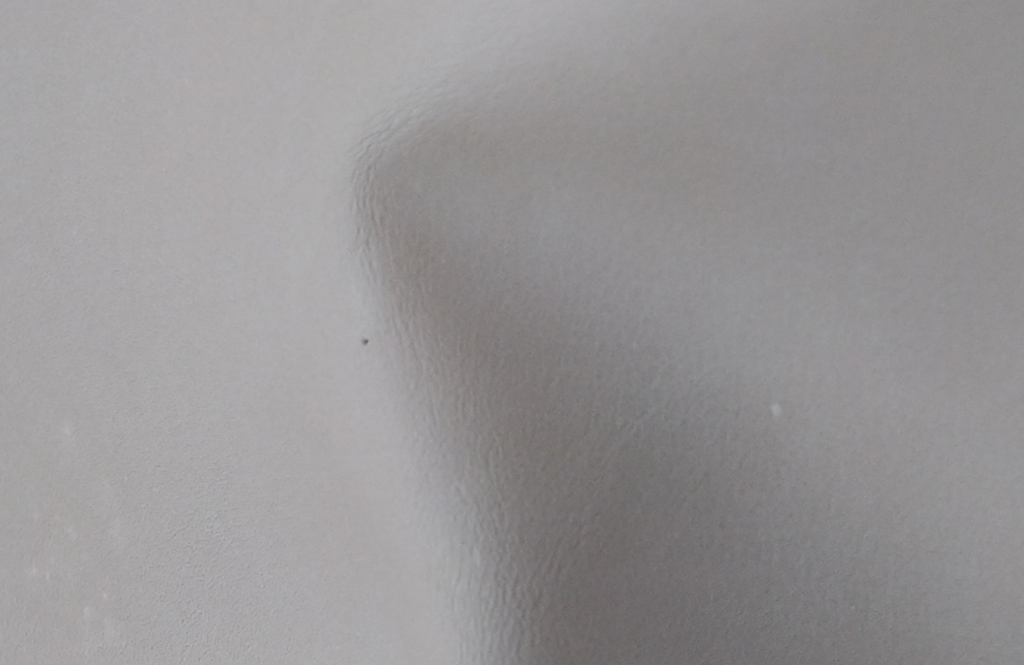Previously known as TGC shoemaker in China, Oct Tenth started its journey with Sons of Henrey last year.

TGC has been producing private labels for many renowned boutiques worldwide since long time ago, and those shoes are always praised by wide audiences. I think I am not authorized to disclose their names.
Last weekend, I visited their factory in Shanghai, more precisely, workshop.
The owner was so kind and open, and he talked everything he knows about shoemaking and showed us how it was made.
Some products in development are quite amazing as they offer near bespoke techniques while charges middle range RTW.
The daily production volume is about 7 pairs. When I was there, I saw 6 – 7 people working.
I was guided the whole making process, so to record as it is.
Raw materials
They have three shelves to store leathers which dispersed in different corners. And when we talk about some specific leathers, they brought them out from somewhere mysterious, which is like magic.

On this shelf, top three are all box calf, while coloured are from Du Puy and black Weinheimer. The bottom is from Bounado for patina.

This shelf mostly hosts Museum Calf from Ilcea, and the bottom is inner leather, which is produced from upper leather to achieve better comfortability.
Among about 5 to 6 colours of Museum calf leathers, I was told Purple is most popular.

The owner is very passionate about a leather called Milton, which he says is the main leather used by Gaziano & Girling.
Once he shows me the minor crease when squeeze the leather, I think he is right.

Then is the sole.

I did not see JR sole there, but ordinary vegetable tanned leather sole and J. F. Baker Oak Sole is there. He told us how to distinguish them by smell. It was eye-opening.
Picking

This is the table for picking leather by hand.
Upper Sewing
Upper sewing is mostly done by a sewing machine, but for those like Edward Green Dover, hand sewing is required.

A lady was sewing the upper.

Finished.
Lasting

Upper in lasted on the plastic last by hand.
Welting

Because welt is applied by hand, so it was not installed in a machine, but in a box.

The worker showed the tools he uses, a curved hook and cotton string.
Soling
Although Blake stitch and normal goodyear welted shoes are also taking order, most shoes are beveled, fiddle back sole.

This is the prepared leather to insert under the waist.

This is when the stitches were done by machine, while channel yet closed.

The stitches are well aligned with the fudge and SPI ( Stitched Per Inch) is high. Note the stitches are by machine not hand, and this alignment is achieved by modifying the stitching machine.
Finishing

This is the funny part, because finishing is only mastered by the owner and one of his partner, no workers here can do it.
The whole process is done.
Bonus 1: Process improvement

Can you see the stitches?
This is their most advanced technique to mimic bespoke making. Blind waist is already mature and in production. And the price is jaw-dropping.
Bonus 2: C. F. Stead Janus

Janus is the pinnacle of Suede as everyone agrees on.

It has very short fibres but still offers velvet feeling.

The reason that Janus is 2.5 x price of Repello (right top) from the same tannery C. F. Stead is because Janus is top grain, while Repello secondary grain. So Janus has better toughness.
Visually which one is more beautiful? I have no verdict.
Conclusion
It is most impressive that how passionate the owner is about shoemaking and push the boundary. I am not a technique focusing guy personally, but I love to know that shoe enthusiasts can enjoy near bespoke shoes at amazing price.
